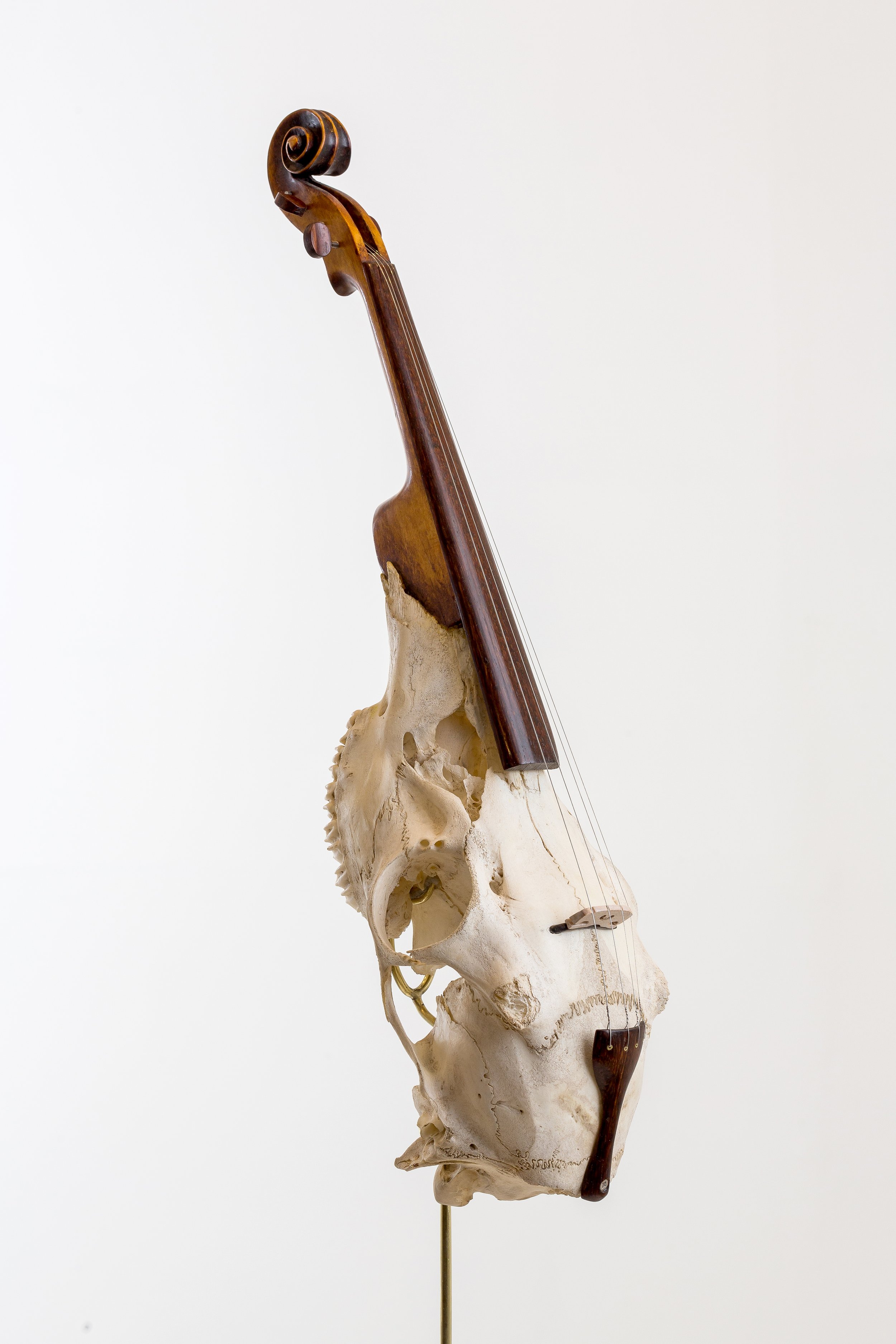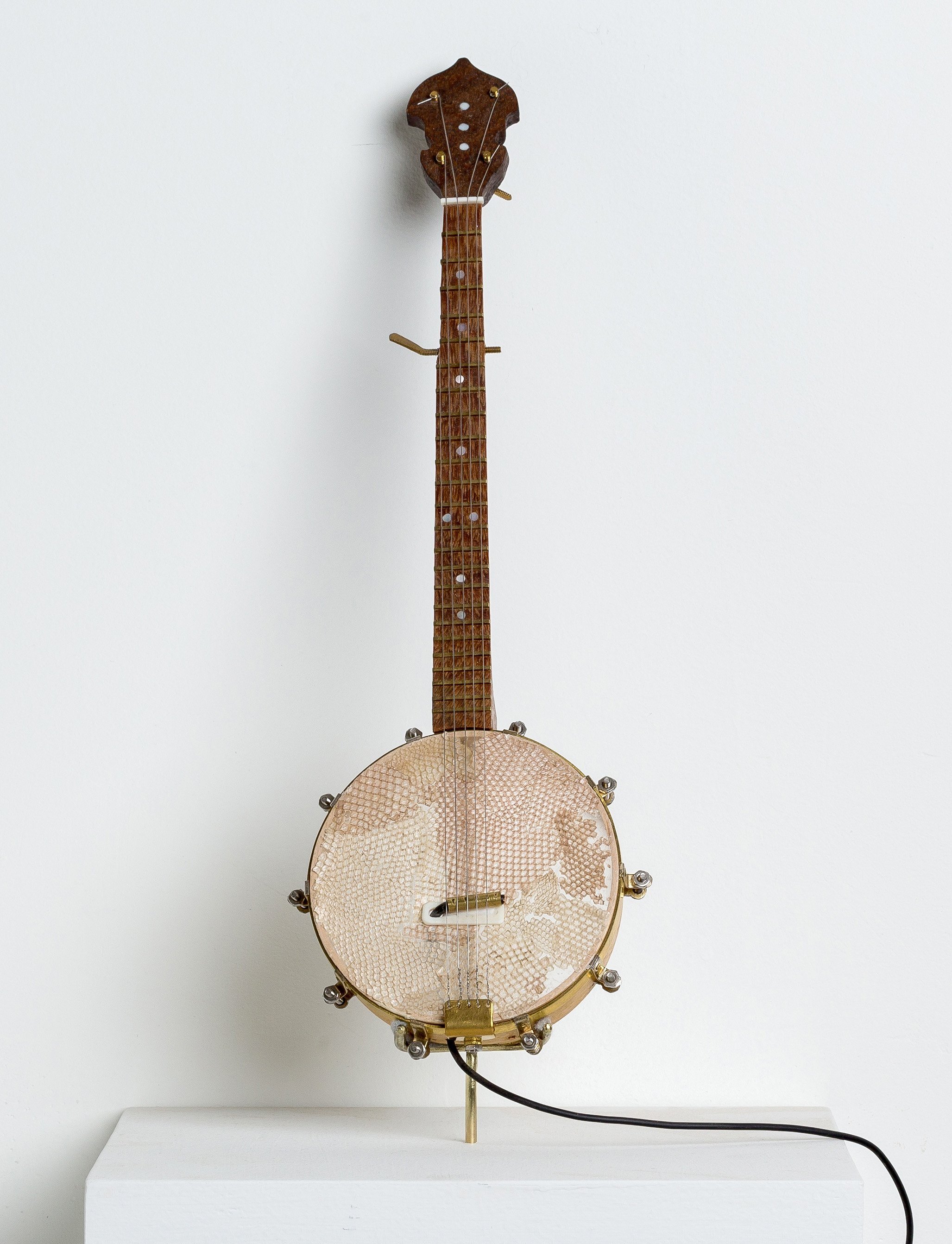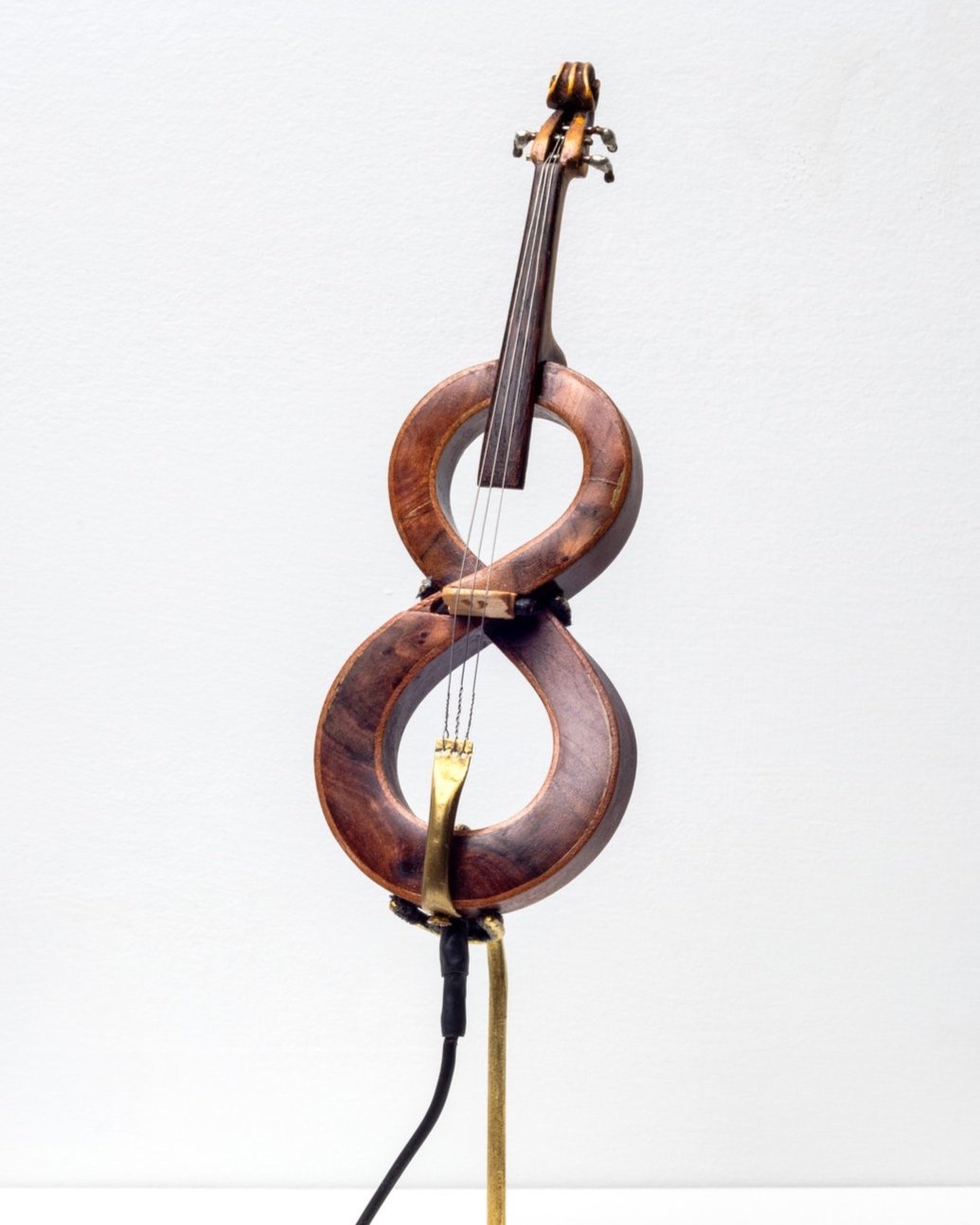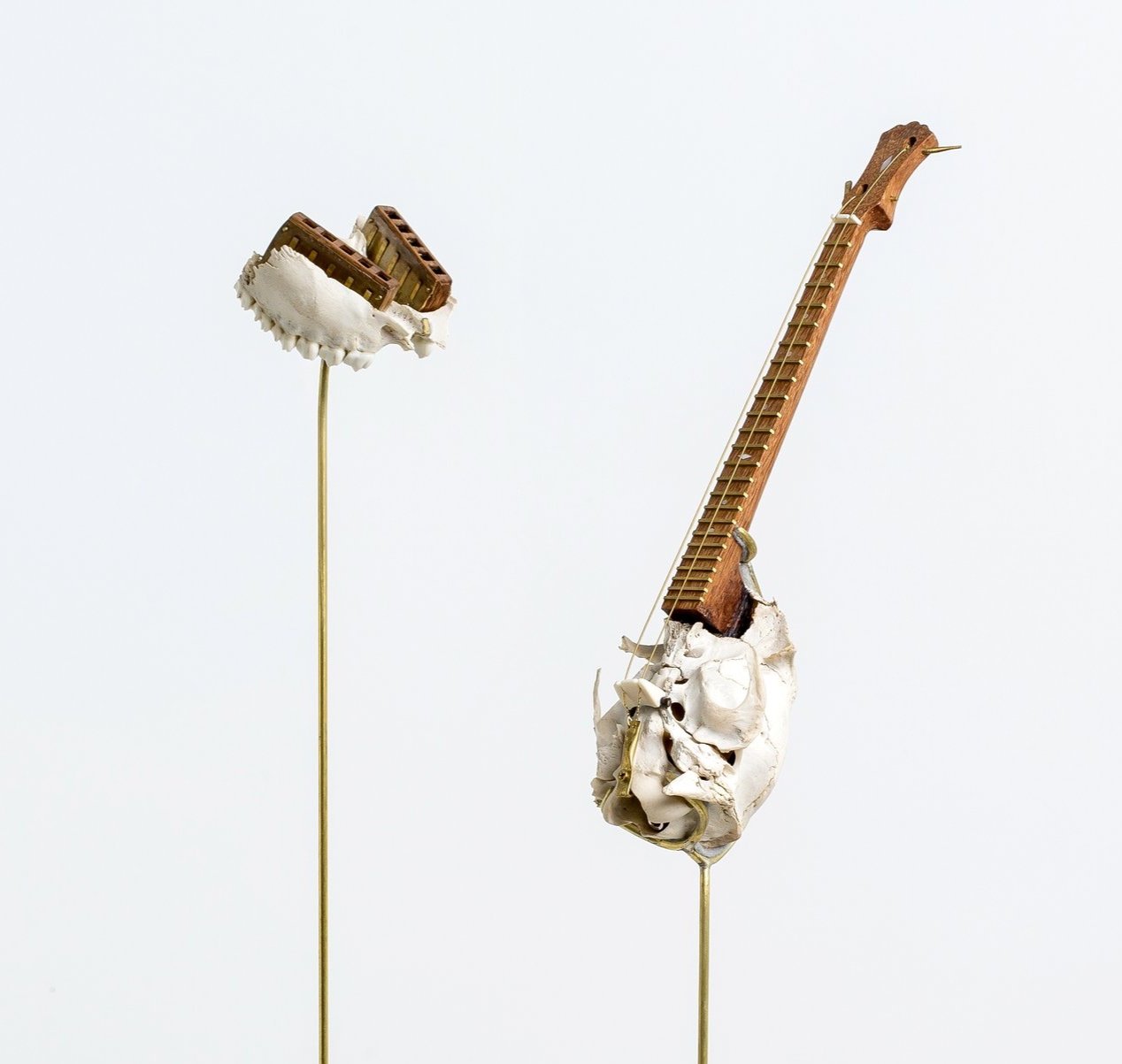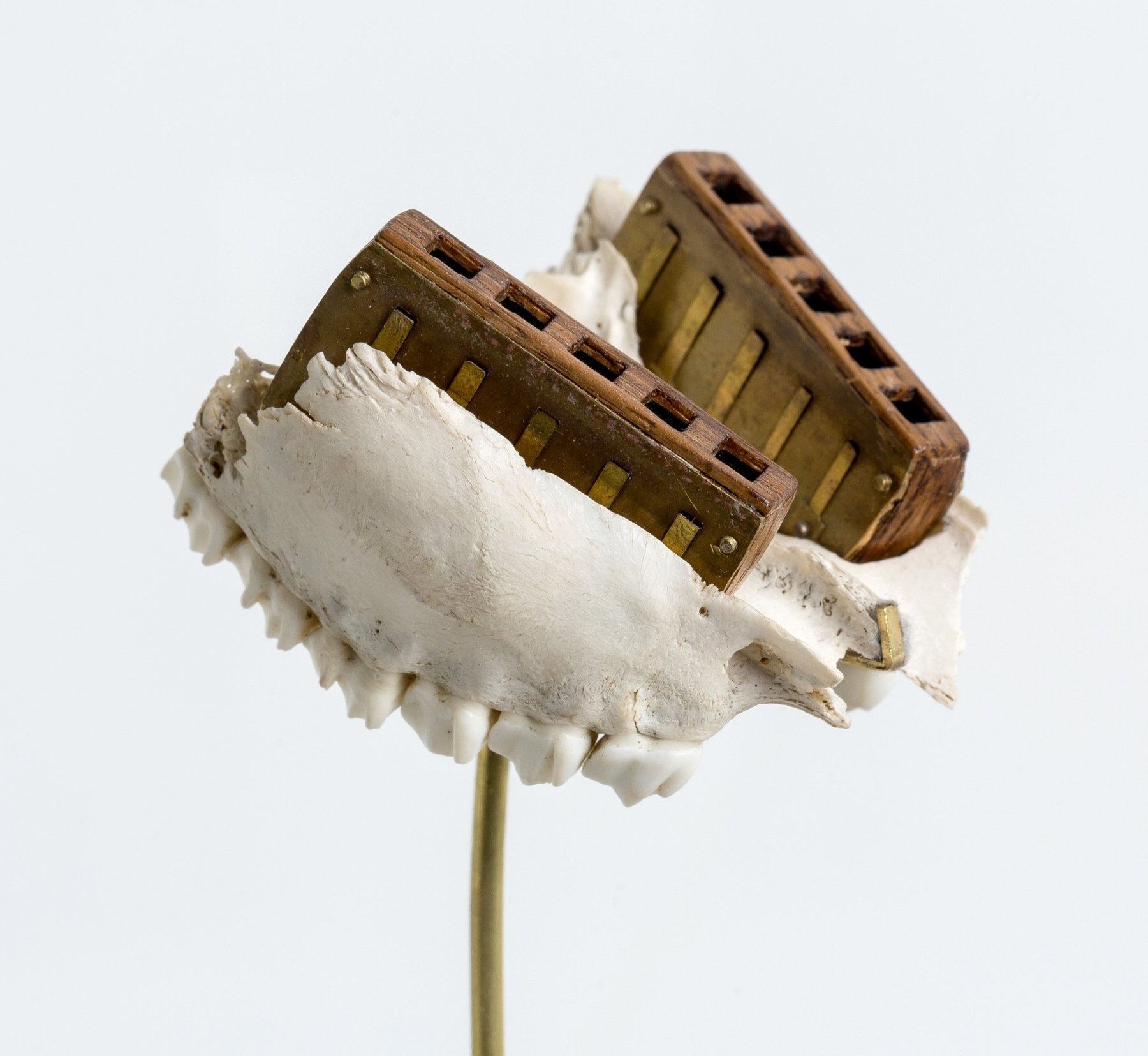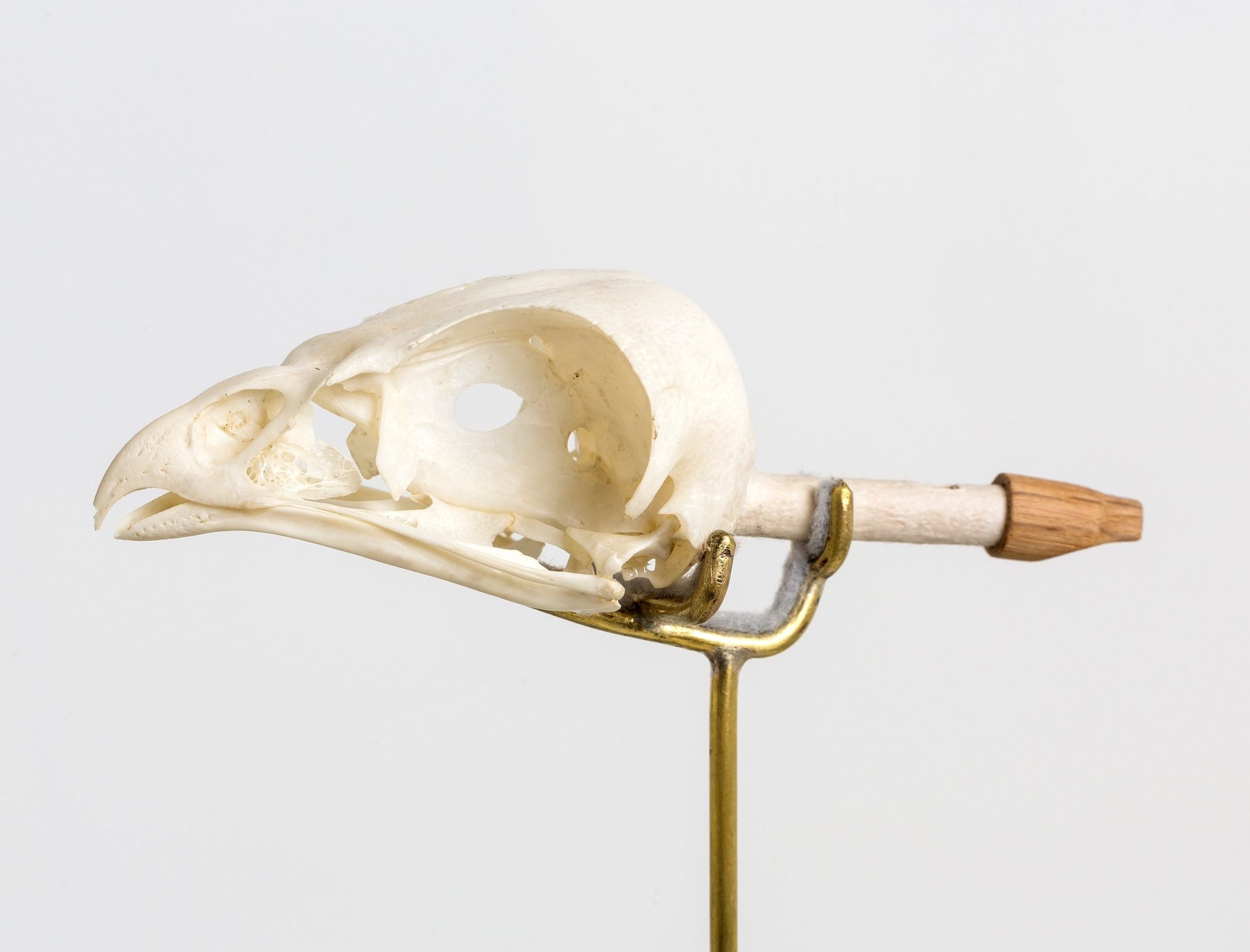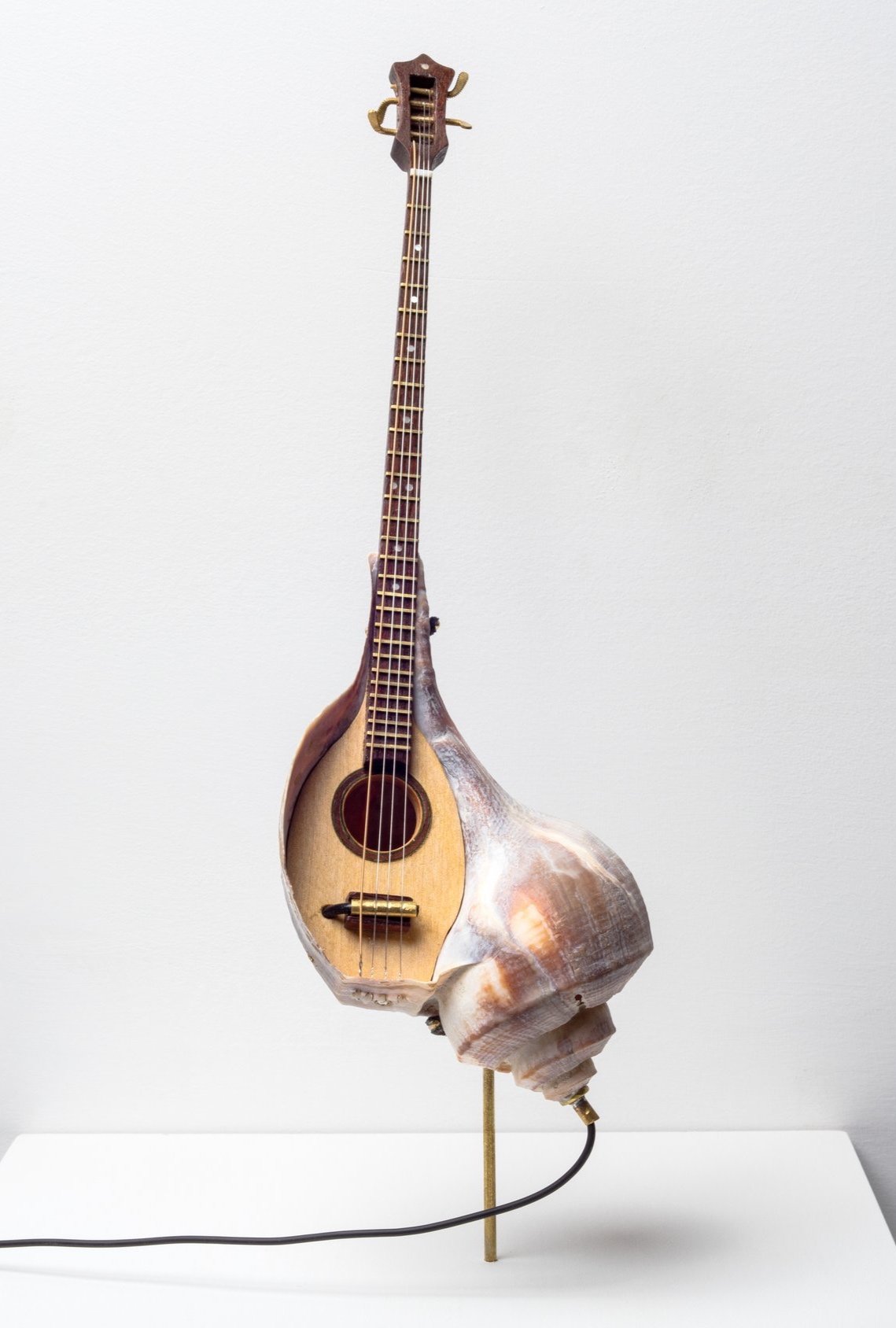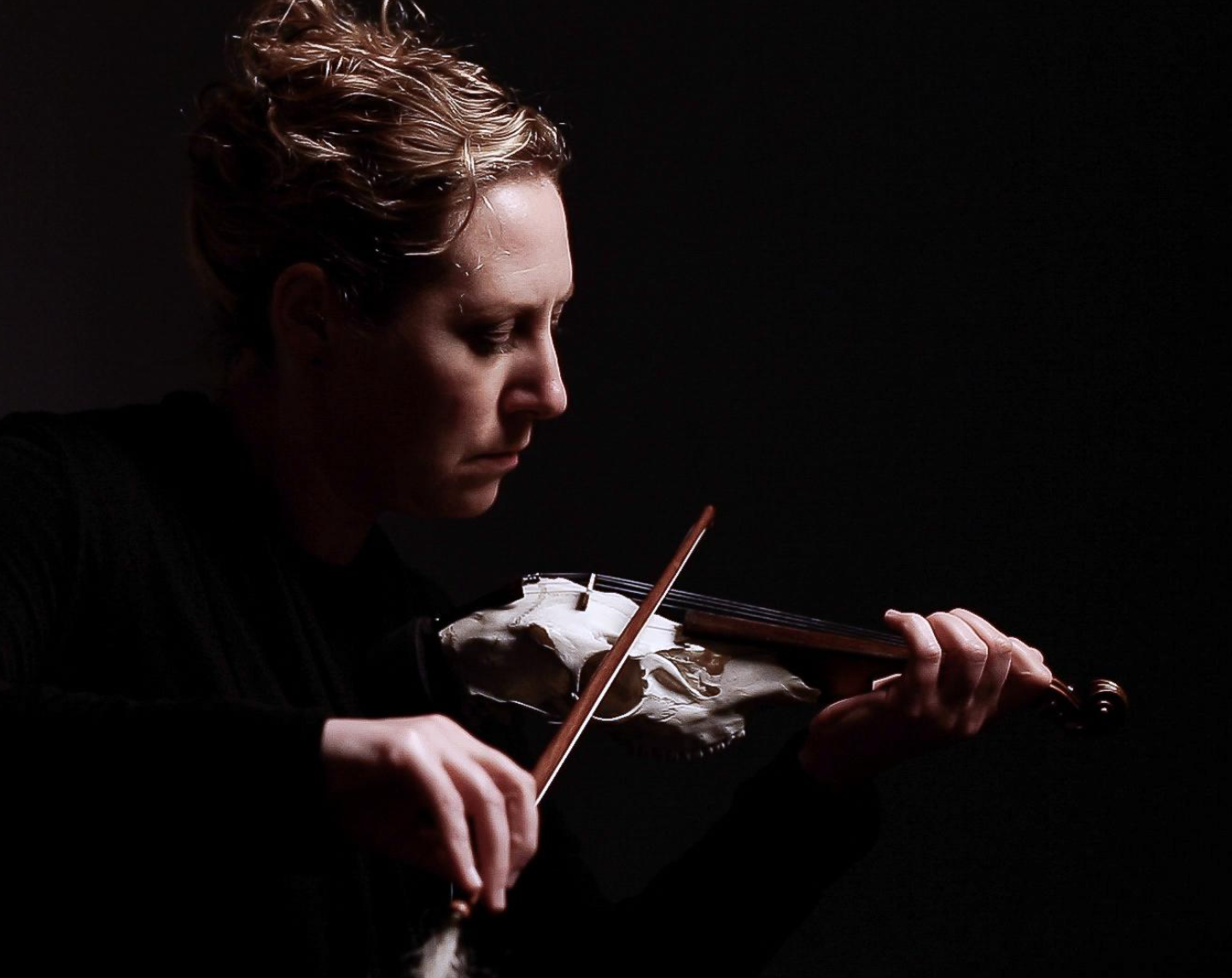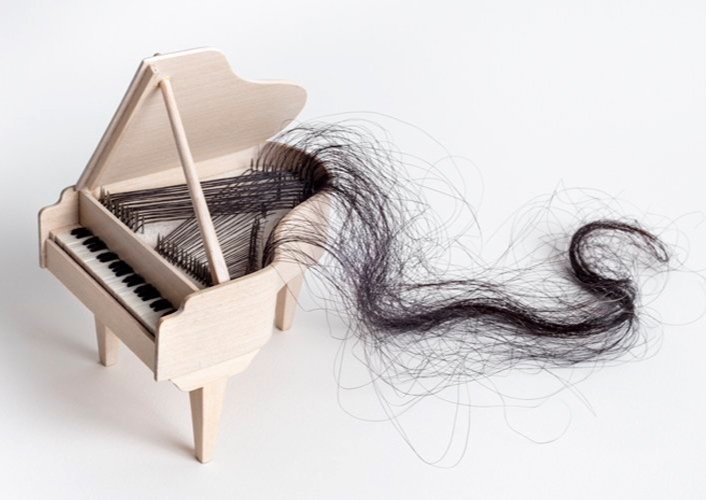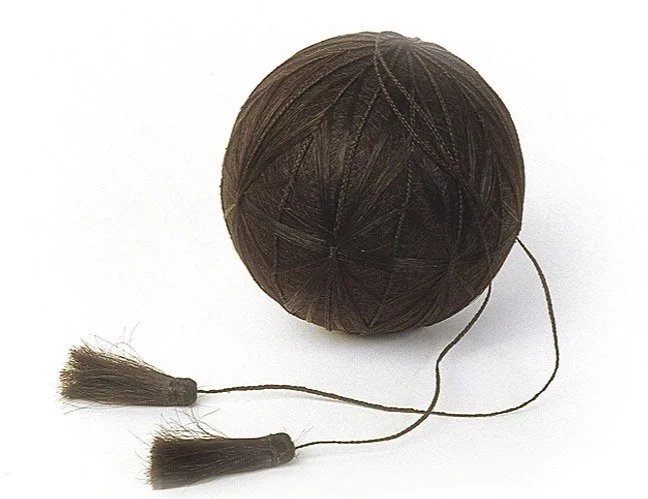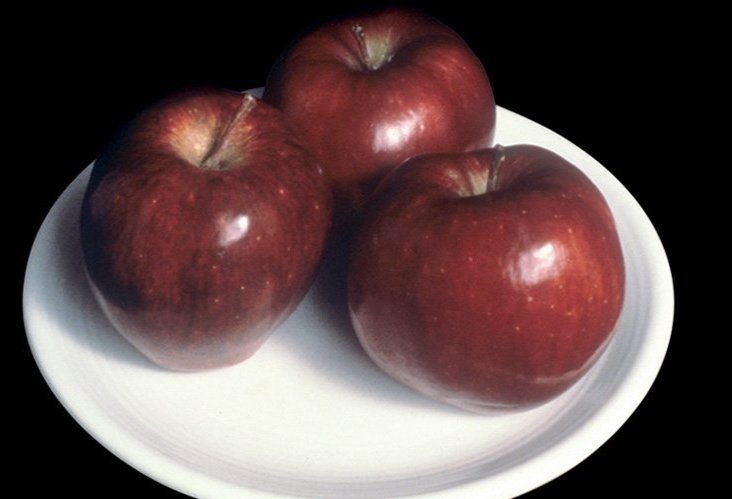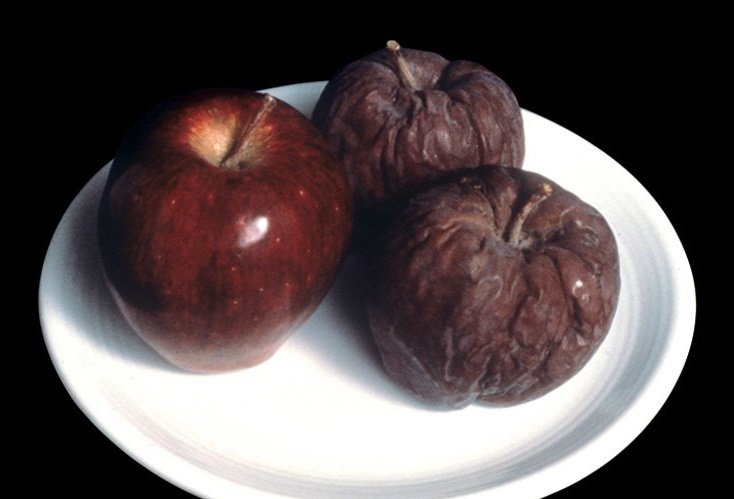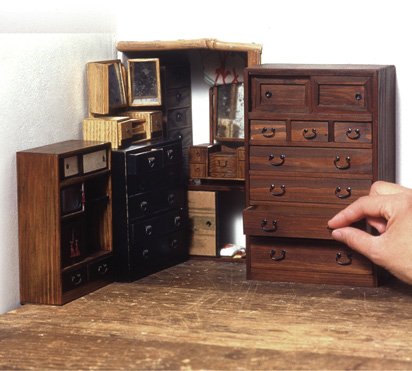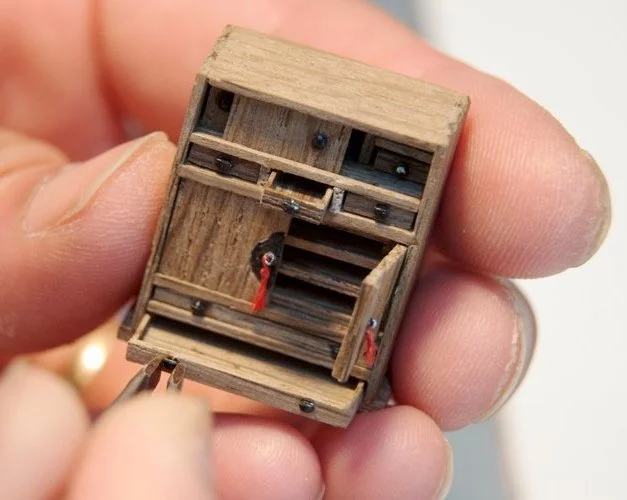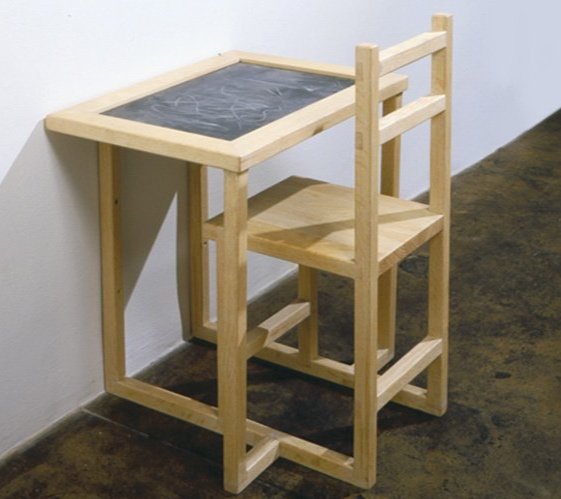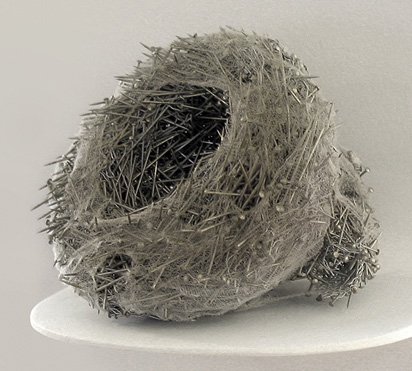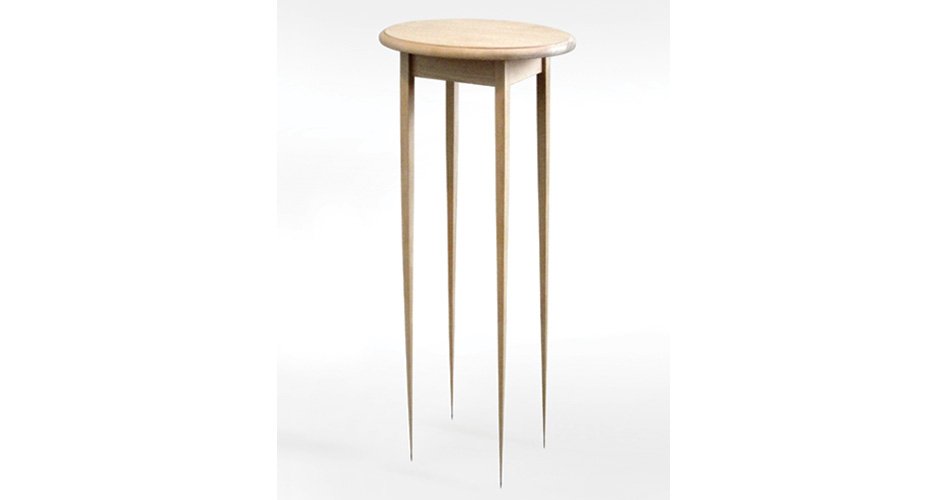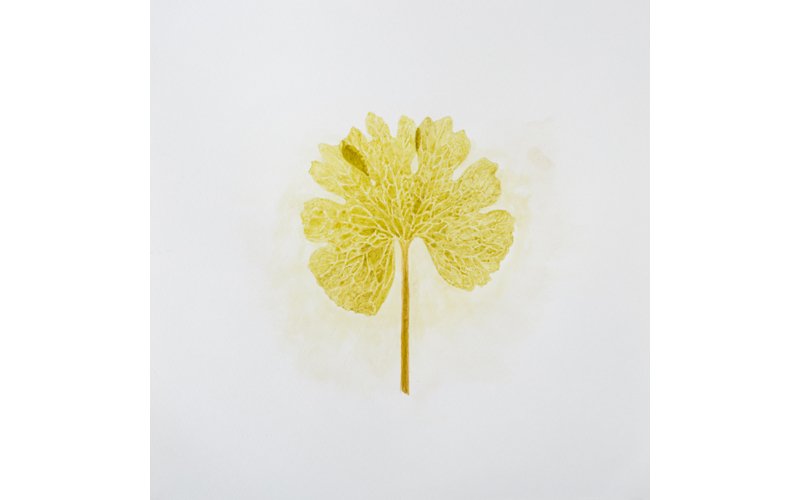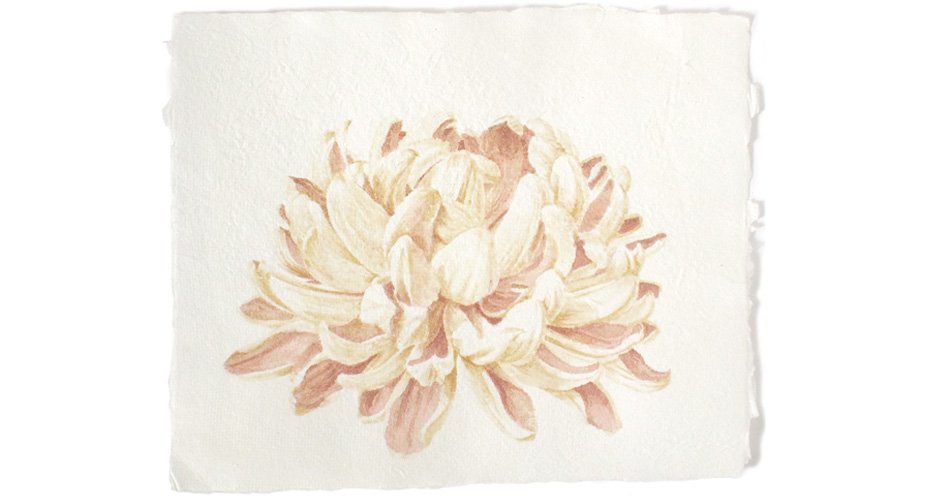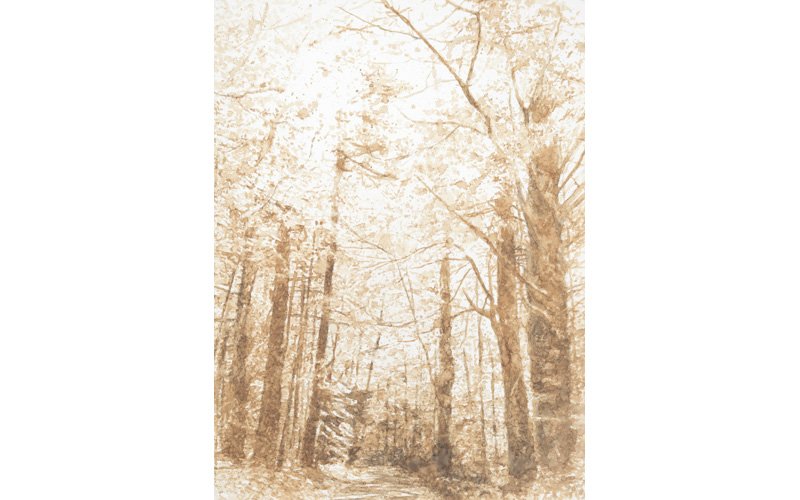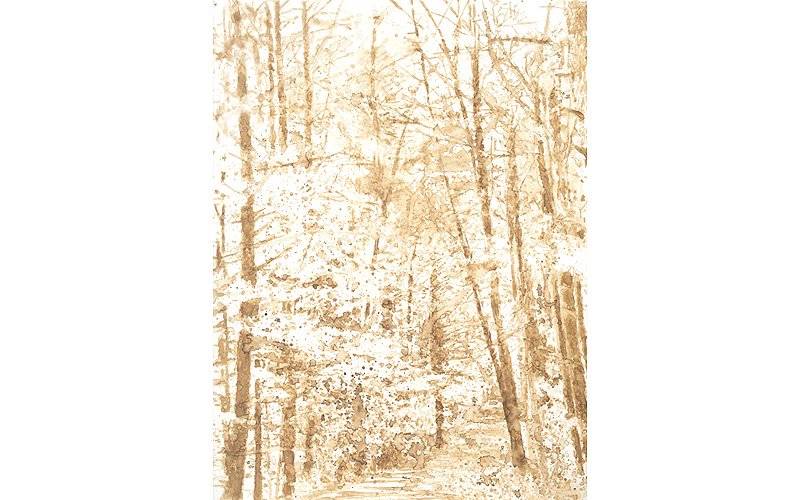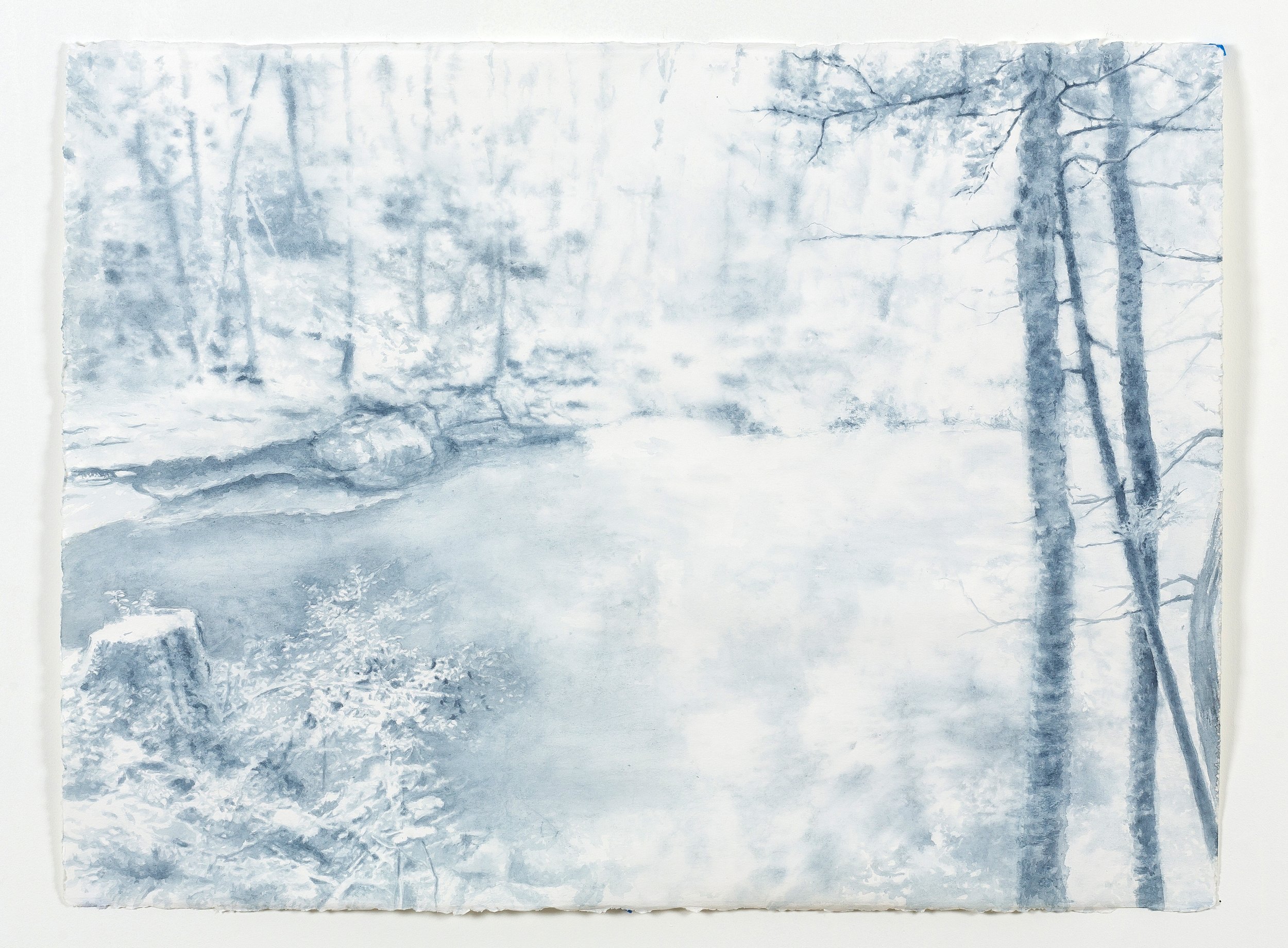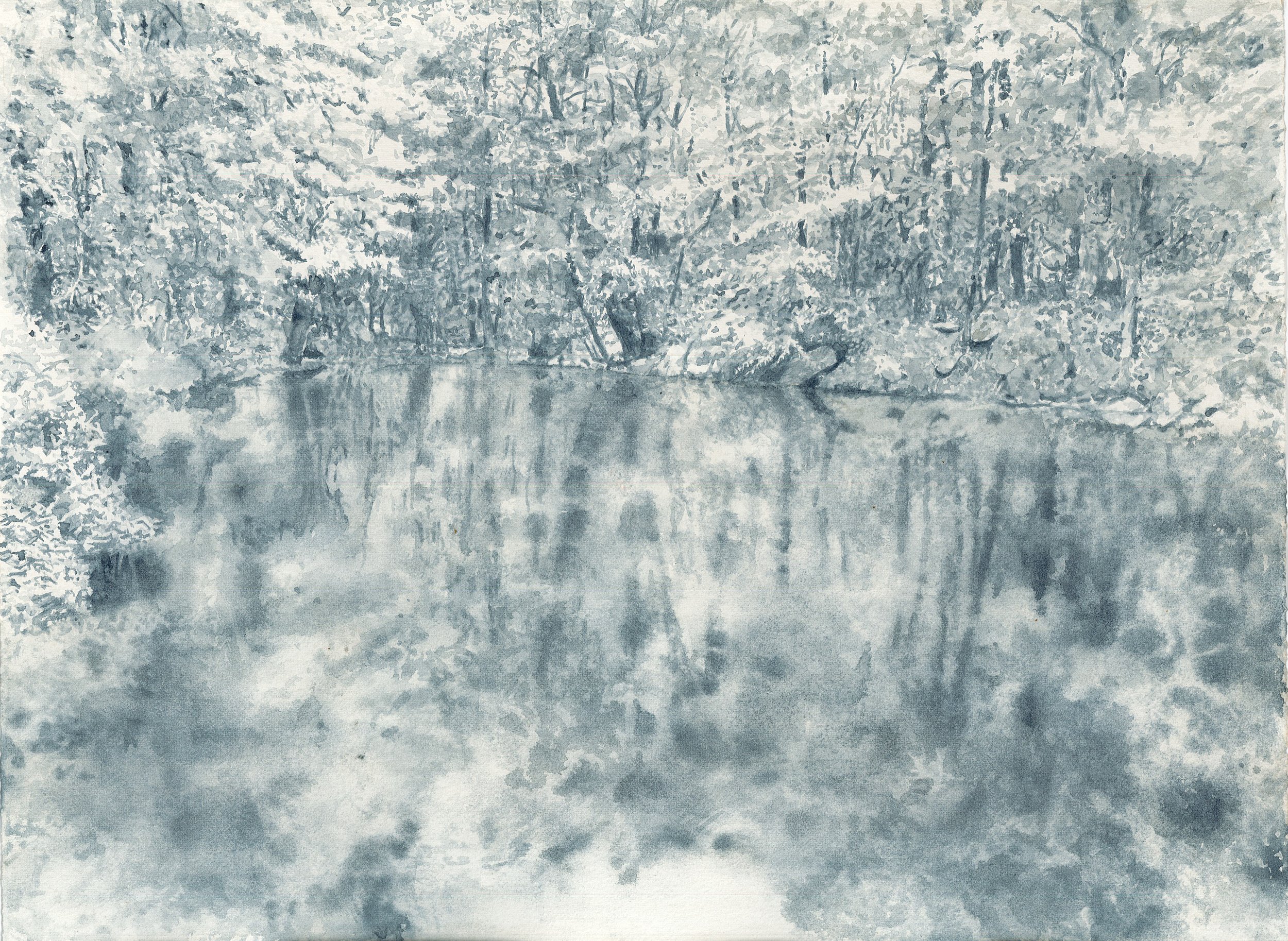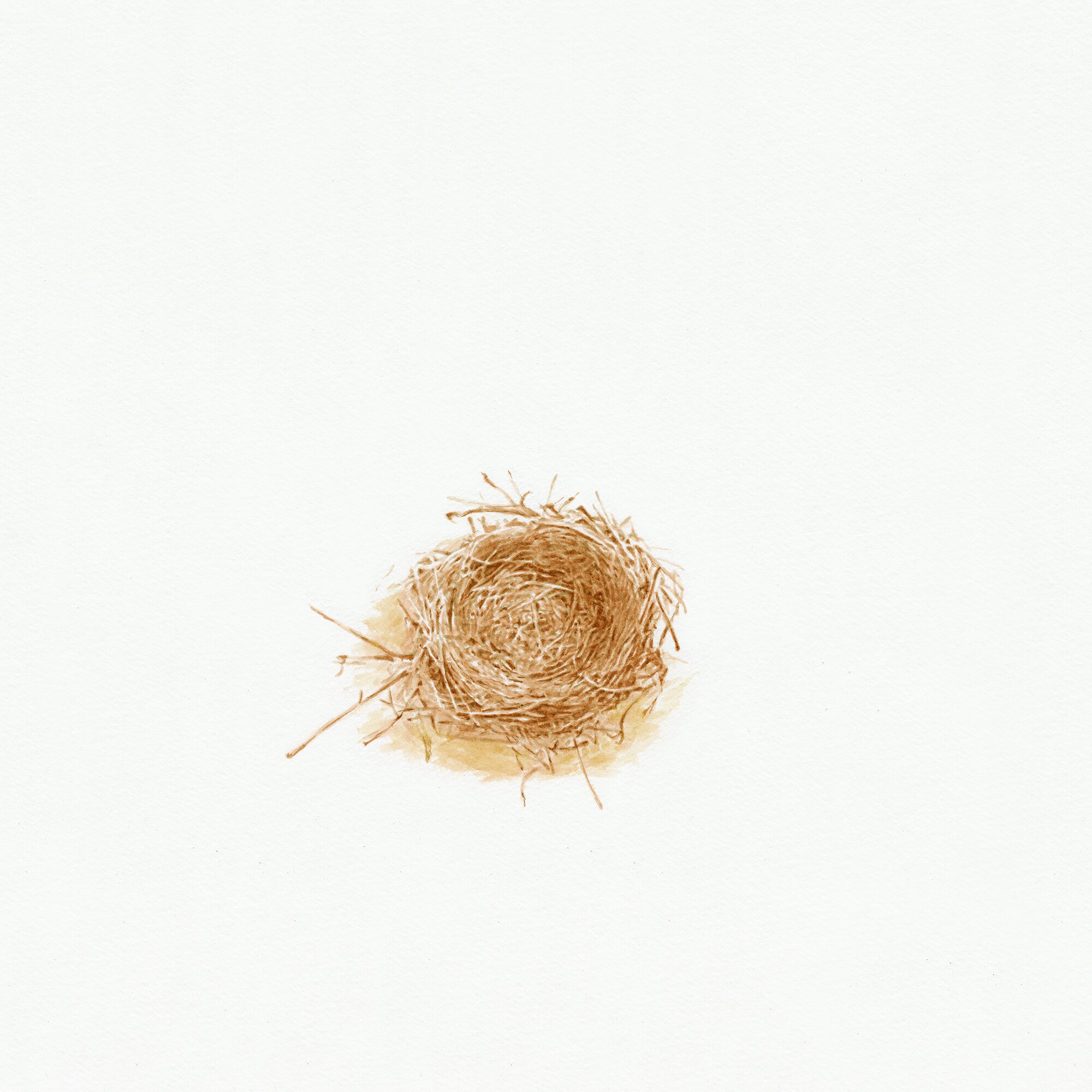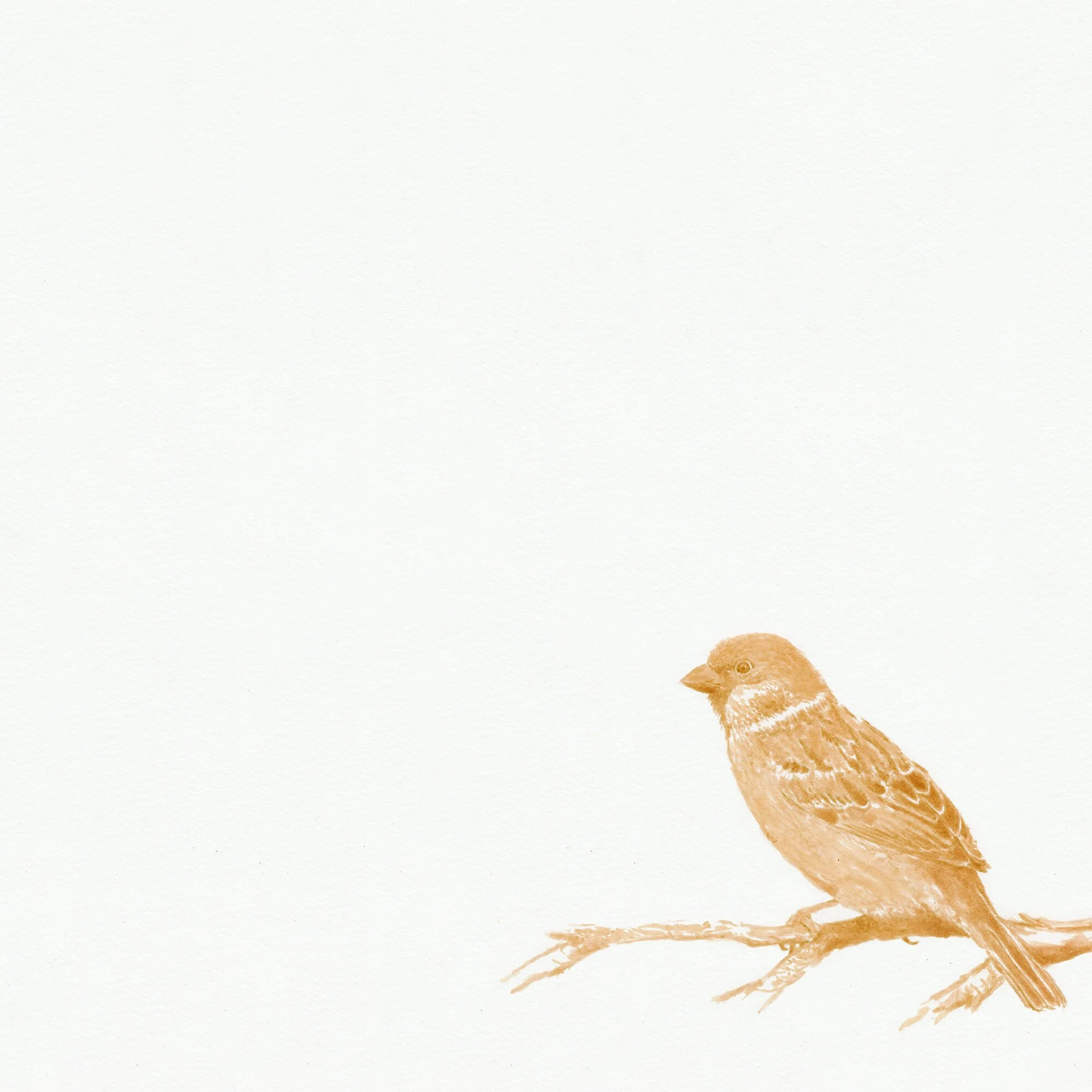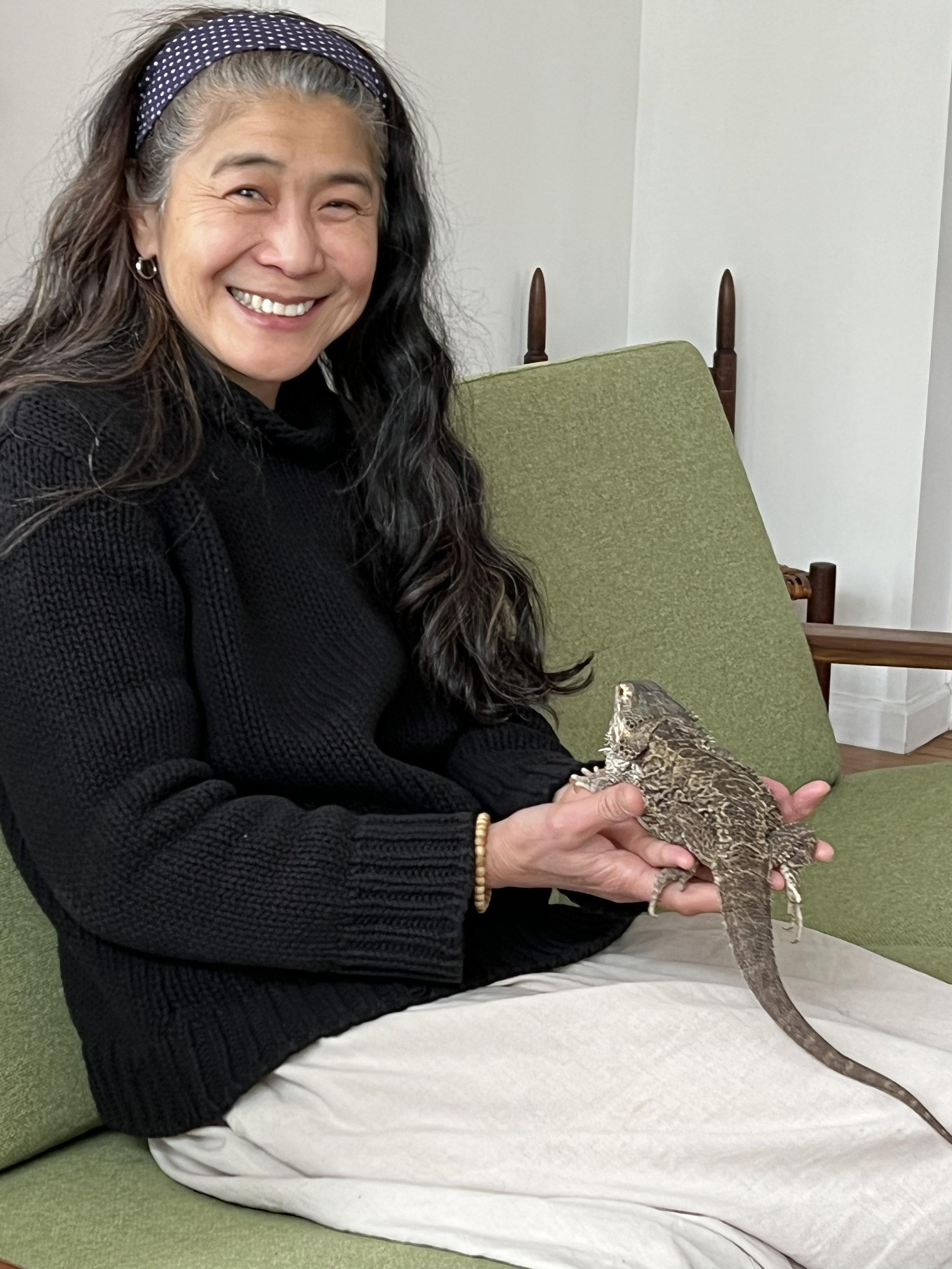Time is a current that flows through the work of Kazumi Tanaka, connecting past events to the elusive present moment. In her current show, Beyond Silence at Fridman Gallery, she created a series of intricate musical instruments using animal skulls, reptile skins, her own hair, and other unusual materials that carry within them the markers of time. But while the finished piece is uncommonly beautiful, the process isn’t necessarily pretty. The dead animal must be located, often as roadkill, and then processed to pare it down to the skull. This task demands a strong constitution, and Tanaka, whose respect for the animal is palpable, chose not to elaborate on this part of her process. There’s the sense that she’s collaborating with the deceased animal, transforming it into an object that will carry its spirit into the future. The piece is incomplete until she hears it played, as it is the sound that will determine its success as an instrument. Tanaka has invited musicians to play her tiny instruments, and in so doing they too collaborate with the animal. Their various approaches express the “voice” of the skull, which is indeed beyond silence. In a recent collaboration with singer/songwriter Sara Milonovich, the musician composed a score for one of the instruments and performed it in a video, as well as at the gallery. Played with a bow strung with the artist’s hair, the music was haunting and imperfect, carrying the essence of the animal into the present moment. Beyond Silence at Fridman Gallery closes on Sunday, April 3rd.
MH: Your current show at Fridman Gallery, Beyond Silence, features a collection of musical instruments that you constructed using animal skulls, seashells, your hair, and other unusual materials. How did this idea come to you, to transform living materials into objects?
KT: A while ago I discovered a skull in my backyard, which turned out to be a groundhog skull. I like having objects around me for a while, so that I can spend time with them and see different shapes. At first it looked like an airplane, and then it started to look like a guitar, and I wondered if I could make it into an instrument that could be played. That was 2016, the year I went to MacDowell. I was there for six weeks, so I had plenty of time to develop this work. A friend put me in touch with two professors at Cornell who knew about electronic devices, and they helped me figure out how to amplify the sound by connecting it to a transformer. Because the skull was very small, there were some issues that I had to work out, but once I got the proper equipment, it worked. I never know until I hook it up what kind of sound the instrument is going to make. The whole process is a series of surprises. Once I made this tiny banjo using my bearded dragon’s shed skin, and it sounds just like a banjo (see video below, and Cthulhu’s photo above).
MH: You could have made the skulls into sculptures that just sit on a shelf, but instead you chose to turn them into instruments that would be played, handled, and receive continual use. When you made this choice, were you thinking of honoring the animal?
KT: Yes, that’s always the idea. It’s a challenge how to remain respectful to the animal, because sometimes I find the roadkill and clean it myself, or I drill holes into the skull. But I’m building my relationship with each animal through its remains and creating a connection. I also build connections with the people who find out what I’m doing and want to give me the animal skulls that they’ve found. So in the whole process, I think of people as well as the animal itself – that’s how everything comes together.
MH: I see the instruments as a three-way collaboration between you, the animal, and time. Time in the sense that the animal is no longer living, so you’re collaborating in different time zones, as it were. And time as it’s expressed through music, a time-based medium. Did you think about time as you created this series?
KT: Yes. By the time I start working with the skull, significant time has already passed, because the animal has already gone through the process of decomposing and turning into bone. My working process is quite slow, and there’s a period when I feel like it’s not getting anywhere. There always seems to be some struggle that I go through, and then there’s the glorified moment when I get to hear the sound that the instrument produces. The visual shape may be satisfying, but the instrument isn’t complete until I play it. And then if the sound isn’t satisfying, it’s a disappointment. I discovered that when the size of the skull increases, it increases the ability for the instrument to become more playable. So the species really determines the sound, and I can also improve the sound by changing the strings. I worked with a guitarist in Germany, Jonas Khalil, who hooked up all these electronic devices and it made some interesting sounds. Since the instruments aren’t perfect, the sounds can be haunting.
MH: I love how time is expressed in your piece Passage, which is essentially a large hairball made from your own hair. As you collected your hair over the many years that you made the ball, you began to find isolated white hairs within your black hair, and you say that you witnessed time passing through your own body. I found that very moving.
KT: Thank you. Theoretically I could make a white ball when I get old, but I probably won’t have the patience. It took so many years to make that it became sort of a ritual.
MH: For me, the music is an essential aspect of the sculpture. I see/hear it as a narrative, telling the story of the animal. It’s the animal’s voice, as I see it, and anyone who plays the instrument adds something personal to its narrative. But it’s also in part the story of you, in that your hair is used in making the bow strings. I love that your voice is also part of the musical narrative.
KT: That was the idea for the show Beyond Silence. I wondered if the sound coming out of a strange musical instrument could be a message or voice, and if the animal might have something to say. I thought that if someone played the instrument, we could hear something beyond the music. But at the same time, I’m not claiming that I’m giving the animal its voice. The skull came to me, I worked on it and touched it, and in this process, it helps me to heal from some of my own difficulties. I think about metaphorically touching the animal, specifically the skull where the mind rests. There’s something moving about this, and I want to create beautiful instruments that are played with respect for the animal.
MH: You mention that the process of making these sculptures was healing for you. How so?
KT: When you try to think about why, it’s not always easy to answer. I’m always moved by music, and I have some musician envy, because I don’t have that gift. But I have some musician friends in Beacon who were curious about what I was doing, and it became a sort of collaboration. It’s very generous of musicians to partake in something like this, and I was touched by the kindness and generosity. When Sara (Milonovich) played a composition that she wrote for one of my instruments, it felt like all the dots connected for me. That was the moment when I felt like, This is why I do this. I think we’re all looking for this moment.
MH: Healing from emotional and psychological wounds is a long process, and some people give up because it’s too painful. I believe that deep healing can only come when the pain is replaced with something creative, a marker to honor where the wound once was. Your instruments carry that quality for me – markers of past wounds that have transformed into something positive and even joyful.
KT: Yes, it’s such a pleasure that people come to the show and really enjoy looking at the work. I want them to have a purely gut reaction, and I want the instruments to touch their hearts. There’s something healing about this.
MH: What quality do you look for when looking at art? Can you put your finger on what moves you?
KT: I can tell when I see something. I can see the creator’s mark, that they really put their heart into it. It’s hard to identify, but I think it does something to your heart, and to your eye and mind. It’s also the time and attention that the artist spent on the piece. There’s no good or bad or right or wrong; it’s so intangible, but our hearts are also intangible.
MH: Your work is in part about memory. How do you experience and express memory in your work?
KT: Because my process is so slow, whatever I create is about memory. I grew up in Japan, so any time I make something that has to do with my past life, it’s all about memories. Sometimes the memories are second-hand, like my mother’s memories of World War II. I recently collaborated with the poet Jeffrey Yang and did a series of drawings with tea that summarize my memories of my past life. We hope to publish it next year.
MH: Contemporary artists often allude to memory, which implies an inclination for looking in the rear-view mirror. I wonder if we forfeit something by dwelling too much in the past, keeping us tethered to our wounds. What do you think about this?
KT: That’s exactly the thing I’m trying to avoid. Sometimes you need to hit bottom, but I think you can’t stay there; it’s very unhealthy. We all have difficult times, and then what you do with it is up to yourself. I can’t stand to stay there, so I look around and see what I can do. I try to think of some other way to spend my time or focus on something else that feels good and engages my attention.
MH: In Buddhism, there’s the idea of shifting allegiances from That to This. In your piece Two Apples, there are two real apples and an apple that you created, and they all look like real apples. I see the fake apple as That, forever belonging to the past. The real apples, on the other hand, are This, the present moment, which is constantly changing, but always This. So deep healing can come only when we let go of the stories and shift our allegiance to This.
KT: That’s exactly what the piece is about. When we talk about This, it’s already passed. This will never remain beautiful, but if you look at it from a different perspective, it’s beautiful because it changes. The fake apple will always be nice to look at, but the real apples will shrivel and eventually disappear. We get old, we shrink, and we die, and that is a beautiful thing.
MH: I see this with your instruments as well. The wounded animal is healed when you honor it in the present moment.
KT: I feel a little conflicted with this. I’m no healer, but I think they are healing us. I feel like we’re all wounded by Covid, because we haven’t been able to function as we’re supposed to. We couldn’t ask others for help, so we had to suffer on our own. People passed away and we couldn’t honor them or share the moment because that ability was taken from us. We’re the ones who need to heal. I wanted to create something to bring people together, and the instruments serve that purpose.
MH: Does nostalgia play a part in your work? Do you see your work as sentimental in some way, or is it forward looking? I see it as a mid-way point between nostalgia and hope, honoring the past and inviting future potential.
KT: I hope so. I like thinking of myself as an emotional animal because emotion creates my drive. Detachment from emotion is a red flag for me, because it’s a protective mechanism, and avoidance of pain or sadness is not good for me. So I continue to be emotional, even though some people are naturally more composed and calm. As far as past and future, the instruments themselves are past tense, but when a musician comes and plays them, they become present tense. It adds a different dimension, beyond time.
MH: I’m interested to hear if you regard the past as in some way more desirable than the present. Is the better version of humanity in our rear-view mirror? Or has compassion improved with our evolution?
KT: The word “nostalgia” implies that we look back and think how wonderful it used to be, and I can’t agree with that. I think that every moment, every year is different – the difficult times are always followed by the comeback time, and then the effort that it took to get out of it was worthwhile. And that keeps me strong and energized to keep going in my creative process. But I sometimes struggle with the question of why I make art, and how it makes a difference in the world. Like with the heartbreaking situation in Ukraine, I question how doing my work is important. I think other artists struggle with this as well.
MH: What’s the optimal reaction to your work if you had the ability to control these things? What impression do you hope that it makes?
KT: I’d be happy to have people feel some kind of emotion, but I don’t expect a certain reaction. If there are fifty people in the room there might be fifty reactions, and that’s fine. What I’m afraid of is if there’s no reaction. So if each person brings something home, that’s optimal.
MH: Is there something about your work that you’d like people to know, that may not be readily apparent?
KT: That’s always the question: How much do I want people to know? Sometimes I talk a lot about process and how it came about, and sometimes I feel like I don’t want to talk too much about it. It depends on the artwork. Right after I finish a piece I have so much to say about it, but when some time passes, I don’t have as much to say. That’s what the titles are for, to give some meaning to the work. There will be a time that I won’t be here to answer questions, so if they take less information, that’s the nature of it.
